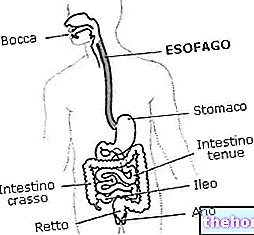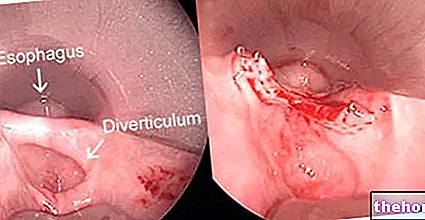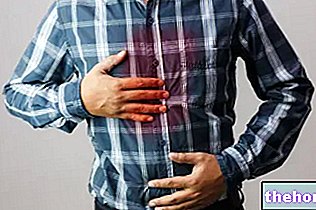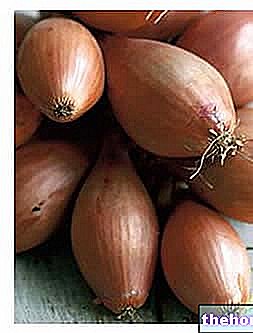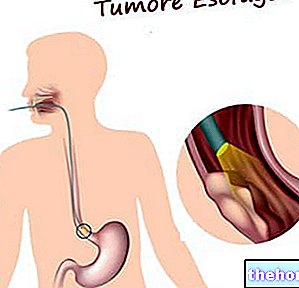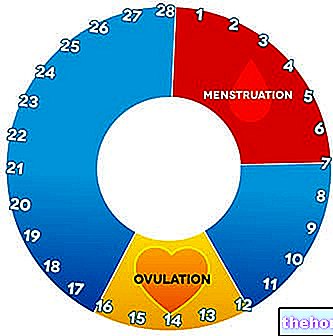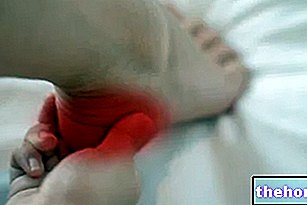Symptoms
For further information: Gastroesophageal reflux symptoms
Retrosternal burning (heartburn), regurgitation and perception of the ascent of acid material along the esophagus: these are the typical symptoms of gastroesophageal reflux disease. Considering these two symptoms (burning and regurgitation) the reflux disease would affect about 30% Italians.
In some patients, reflux disease is associated, in the acute phase, with an esophageal spasm. This involuntary contraction can cause retrosternal pain similar to that of angina pectoris. Chest pain from gastroesophageal reflux is very often associated with large meals and worsens with exertion and lying down.

There is also a particular symptomatology which, although linked to reflux disease, is atypical. These are the so-called symptoms with extraesophageal localization that can affect the throat and respiratory system. In fact, patients with typical symptoms of gastroesophageal reflux often also suffer from other disorders such as hoarseness, dysphonia, asthma, chronic cough, laryngitis or pharyngitis.
In these cases the acid reflux manages to rise upwards until it reaches the throat where it is nebulized by the breathed air. These tiny droplets through inspiration can reach the lungs where they cause specific problems such as cough and asthma.
All of these atypical disorders can be present even in the absence of the classic symptoms of gastroesophageal reflux disease.
Epidemiology
How many people suffer from gastroesophageal reflux disease?
In the United States, reflux disease (GERD) is estimated to affect approximately 40% of the population as a whole (including mild forms). The prevalence of GERD is the same in both sexes. The peak of the incidence of the disease is recorded around 35-45 years. The most serious situations, with complications, are rare in young people and more frequent in the third and fourth age.
Complications
In some cases, reflux disease is associated with lesions of the esophageal mucosa (esophagitis). Chronic irritation of the esophagus walls by gastric juices can in fact cause inflammation first and then wear.

Barrett's esophagus is the most serious complication as it causes the esophageal mucosa to change metaplasically. In practice, some cells of the esophagus are replaced with others more similar to the lining of the stomach. This alteration can be reversible or chronic and in the latter case it is considered as a precancerous stage.
Barrett's esophagus must be recognized endoscopically and confirmed by a biopsy.Present in about 10% of patients suffering from gastroesophageal reflux, it is sometimes accompanied by severe esophagitis, ulcers, strictures and bleeding.
More articles on "Gastroesophageal Reflux: Symptoms and Complications"
- Gastroesophageal reflux
- Reflux: care and treatment
- Gastro-oesophageal reflux disease
- Gastro-oesophageal reflux diagnosis and therapy
- Gastroesophageal Reflux - Medicines to Treat Gastroesophageal Reflux
- Diet and gastroesophageal reflux
- Gastroesophageal reflux diet
- Example diet for Gastroesophageal Reflux Disease
- Gastroesophageal Reflux - Herbal Medicine



